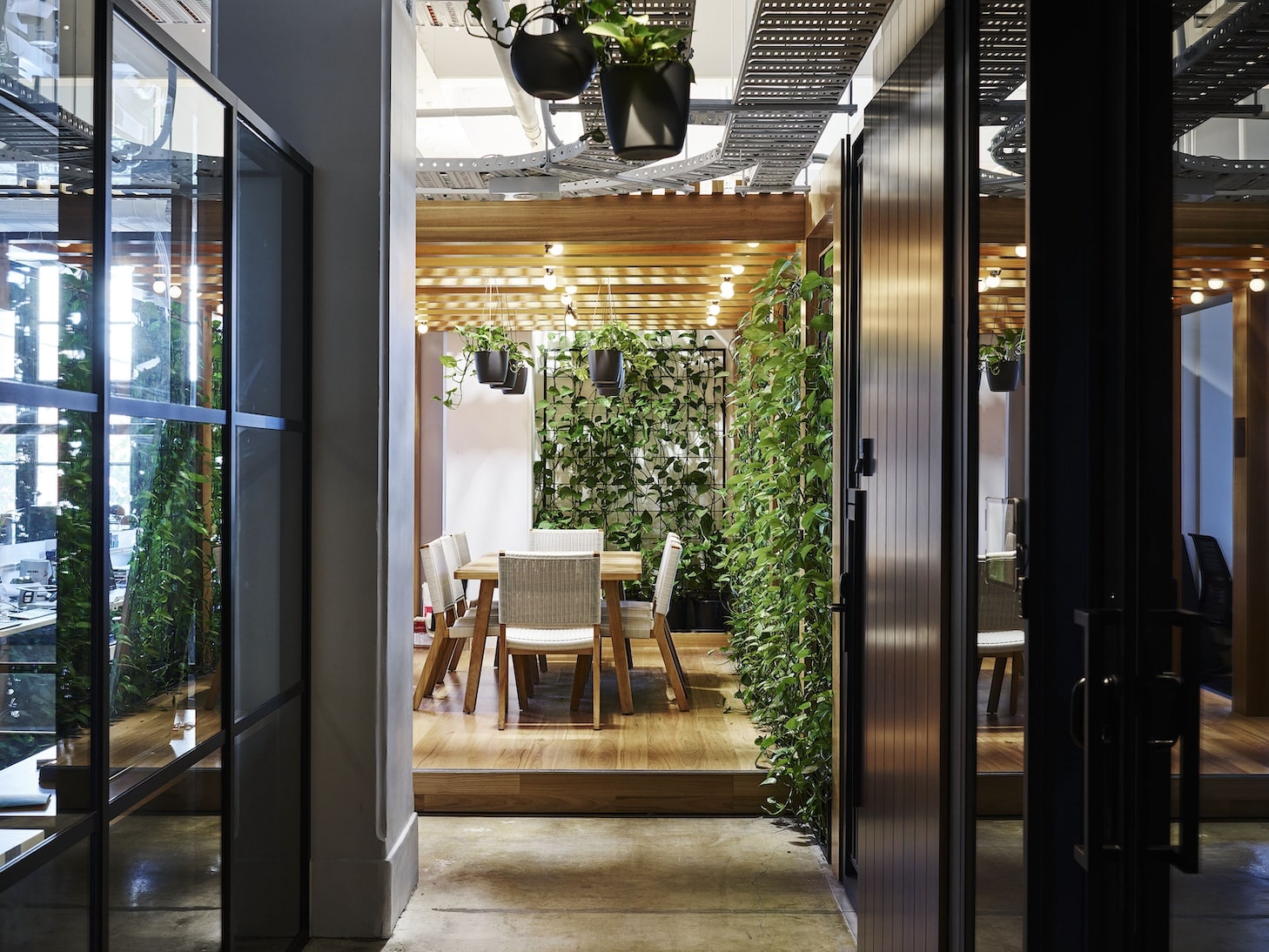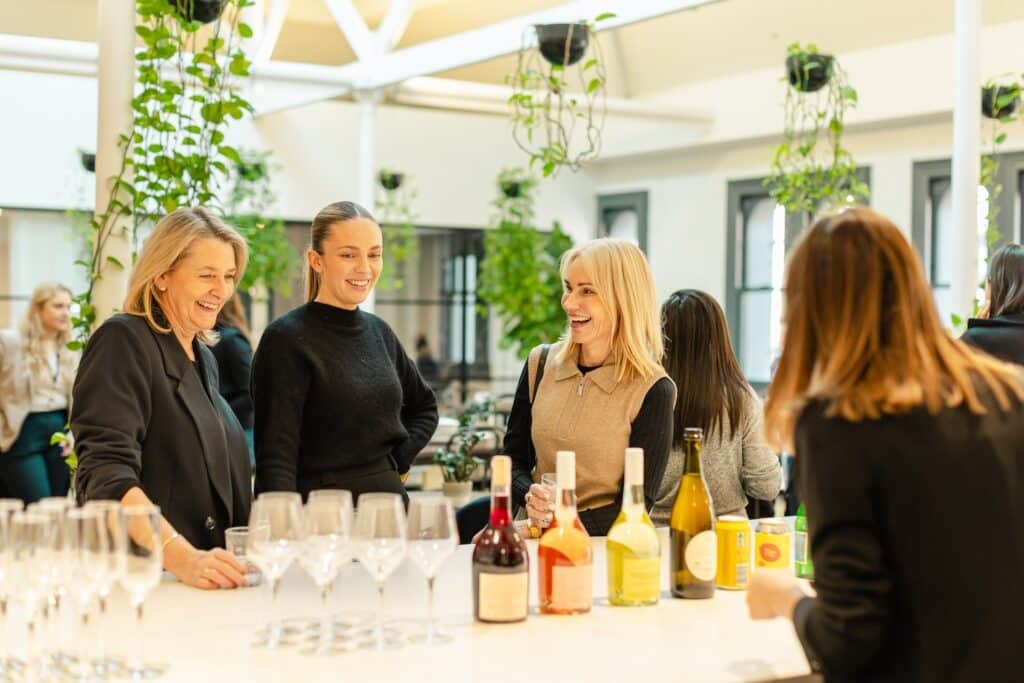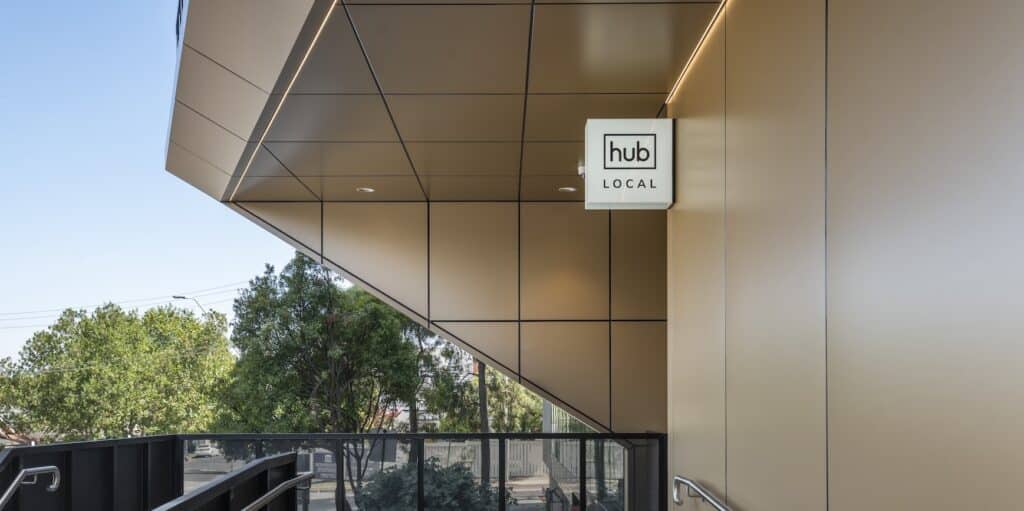While not without its challenges, 2024 is looking positive for the flex workspace industry so far. In this first quarter check-in, we reflect on the continued rise of hybrid work and how changes in the geopolitical landscape are impacting our choices on workspace.
Join us as we tap into the minds of our executive team – CEO Brad Krauskopf, CXO Rebekah Murphy, and CPO John Preece – to explore these questions and more.
Global trends and local impact
Our Founder and CEO Brad Krauskopf gives a quick breakdown on how the year has been so far for the sector – and some key areas operators should focus on.
An overall positive start to the year
2024 has been positive for the flex workspace sector as a whole – especially at the premium end of the market as businesses look to provide their teams with better workspace experiences. The level of competition and price pressure in the middle of the market, however, is intense, as flex operators look to build occupancies back to steady state levels – generally considered to be 85%.
Another key shift, which began pre-pandemic but really became noticeable in 2023, is the entry of landlords providing ‘spec suites’ on flexible terms for enterprise customers, something that was previously being serviced by flex and coworking operators. This is in response to businesses demanding more workspace choice and flexibility than ever before.
The permanent state of change lends itself to organisations choosing to consume their workspace as a service rather than on traditional leases. So from a demand side, it’s a positive.
But flex is not immune to economic downturns as pricing and purchasing decisions are impacted. The pandemic and the war in Ukraine and Israel have also affected supply chains and the cost of fit-outs.
This is a double-edged sword: on one side, companies are encouraged to outsource their workspace to operators like Hub, rather than take on a traditional lease and capex risk of building their own offices.
But on the supply side, landlords and operators need to balance the risks and returns of building expensive fitouts – and what happens when a flexible workspace no longer makes commercial sense for the other party.
This has already resulted in management agreements being signed between operators and landlords that even last year would not have been entertained. We expect more landlords will opt for management agreements, so they retain control over their tenant experience and realise a greater return from the increased fitout costs they need to invest in.
Work Near Home: Trending… or not?
Globally, we’re seeing a growth of coworking spaces in suburban areas and second cities, paid for by companies that then provide the option for their staff to work near home. Interestingly, this has not caught on in the same way here in Australia.
But one area that Australia is leading in? Landlords bringing hospitality and amenity into their buildings to create experiences that help their tenants get their teams back at the office.
Because when these people go to the office each day, they’ll want the full package of retail, arts, music, sport, and other amenities in the immediate vicinity of their office. So landlords are quickly recognising that they need to up their workspace offerings to be able to attract businesses and tenants.
What’s next for flex?
We think of flex to be more of a hospitality industry, rather than a real estate industry. So, looking to the hotel industry is always good for clues as to where we are heading.
One example is having groups of brands sit under a single ownership with a loyalty program linking them all. Or creating collaborations and partnerships with airlines, restaurants, and credit cards.
I expect we’ll also see more boutique brands and smaller operators collaborating by pooling marketing efforts or delivering services to their customers.
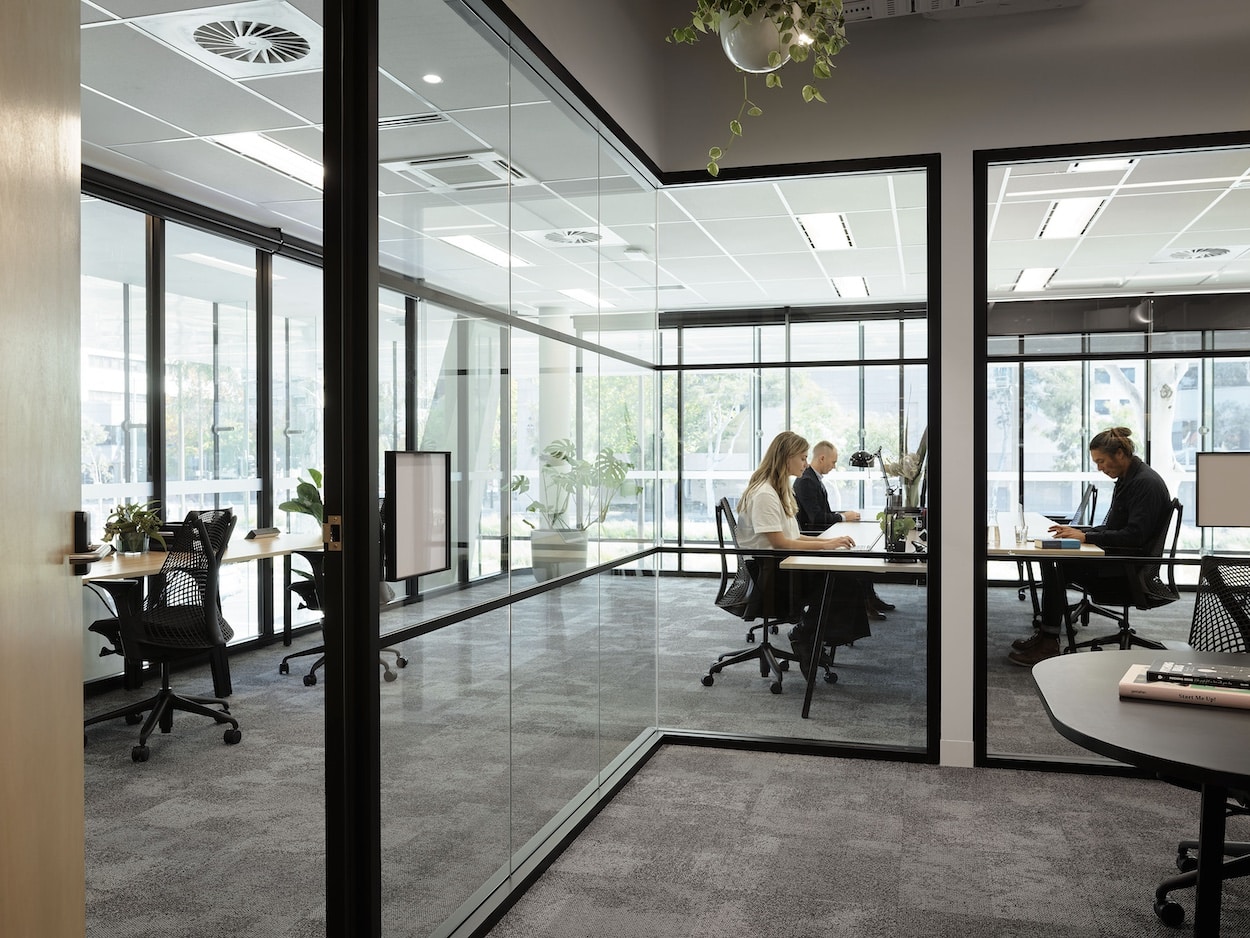
Updates in technology and property
We turn to our Chief Property Officer John Preece for upcoming trends in technology and workspace design.
The growing role of tech in flex workspace
Technology is set to further revolutionise the flexible workspace landscape by enhancing connectivity, flexibility, and personalisation. All with one main focus: customer experience.
Integrated technology platforms offering seamless access to services, bookings, and community engagement through a single interface – such as the Hub Member Portal – are now an essential foundation to enhance the customer experience.
Meanwhile, AI and data analytics will continue to play a crucial role in helping us understand and predict user preferences. This can allow for dynamic adjustment of spaces, including lighting and temperature, or even the suggestion of available desks and meeting rooms that suit the varying needs of individuals and teams.
With an increased focus on wellbeing, sensors and systems that monitor air quality, noise levels, and occupancy levels can also inform cleaning schedules and maintenance tasks to ensure a safe and healthy work environment.
Additionally, virtual and augmented reality will enable remote users to engage with workspaces in immersive ways and facilitate better remote collaboration. For example, at Hub, we offer virtual tours on our website to allow potential customers to explore our spaces from wherever they are.
Increasing emphasis on sustainability
ESG is high on the priority list of almost every organisation right now. And when it comes to sustainability efforts, we’re constantly making sure that Hub workspaces and business operations meet the expectations of our customers, employees, landlords and investors.
To ensure full transparency, we’ve opened ourselves up to third party audit and invested in B Corp certification – which we have done for the past 11 years. We’re also committed to being carbon neutral at a business operation level, and at every Hub branded venue. What that means is that everyone that works from a Hub location – whether staff or members – has a carbon neutral working day.
At a functional level, we implement energy-efficient systems for lighting, heating and cooling, alongside smart building technologies that optimise energy use in real-time. We also source sustainable materials for interior fit-outs and encourage waste reduction through recycling programs.
In locations where we can influence the energy supply, Hub purchases 100% green power. And we engage with our community on sustainability goals and practices, fostering a culture that values and practises environmental responsibility.
More to come with landlords
There is no doubt that office users have significantly higher expectations of the landlords they engage with for office spaces today, with ever increasing demands for flexibility, a broad range of amenities, and hospitality-led workspace services. Most landlords are simply not in the hospitality business, and this is where Hub plays a pivotal role as a facilitator and innovator in this space.
We effectively serve as a bridge between traditional real estate and the evolving demands of modern workers. By integrating hospitality-driven services and amenities – such as meeting and event programming, business lounges, food and beverage operation, health and wellness facilities, art and cultural displays, tenant engagement, and concierge services – Hub can help landlords elevate the user experience. Transforming workspaces from just a place to work to destinations in their own right.
Furthermore, Hub leverages our expertise in creating engaging environments to advise landlords on best practices for space design, community engagement, and service offerings.
We’re already partnering with some of Australia’s largest institutional property owners such as Brookfield and Charter Hall. And in the year ahead, we’re excited to partner with more property developers, owners and managers to expand the workspace hospitality services that are a critical factor in attracting and retaining tenants.
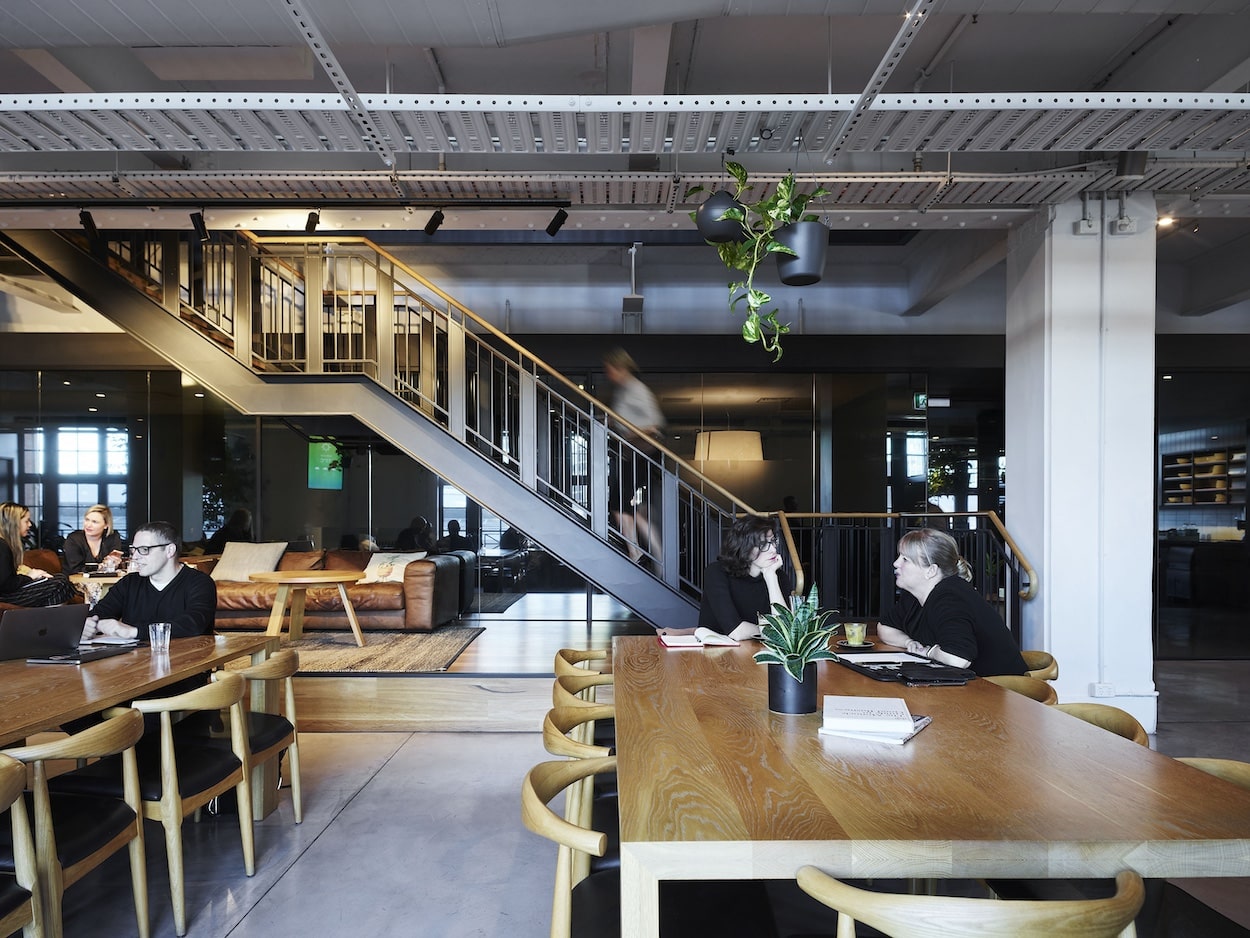
The focus on hospitality and experience
When it comes to workspace hospitality and experience, our Chief Experience Officer Rebekah Murphy is excited to delve deeper and explore the potential.
Evolving to meet changing work patterns
With the rise of hybrid work, workers’ demand for office spaces is changing. Our 2023 Workspace Experience Survey shows that close to 30% of our Hub members come into their office on average one day per week, while 61% tend to use at least two different workspaces within a week. On top of this, a growing percentage say they travel to the office mainly for social interaction with colleagues.
To keep up with changing behaviour, we need to continue to evolve. One of the ways we’re doing this at Hub is by ensuring there are more flexible plans for businesses to choose from. We recently relaunched our suite of flexible memberships and opened up access across our national network. That means Hub members have a growing network of spaces that they can access all around Australia.
We’ve also reworked and relaunched our Day Office product. This provides a dedicated product for fully remote teams that want to bring their teams together one or two days a month.
We know that everyone has different preferences and ways of working, so we also offer a range of different settings for members to get the most out of their working day – from phone booths and quiet zones for focus work, to strategy rooms for collaboration, and state-of-the-art technology to ensure seamless virtual collaboration.
Workplace wellness is another big focus. And at Hub, we ensure it’s incorporated into everything that we do, big or small. As part of our ongoing commitment to the wellbeing of our teams and our members, we recently launched WorkWell, our very own wellbeing program. This covers everything from biophilia to natural light and outdoor spaces, relax rooms, move rooms, and wellness events throughout the year.
Less commute, more connection
While the Work Near Home trend is growing slower here in Australia than what we’re seeing overseas, the demand for flexibility and a wider range of workplace options is undeniable. Which is why at Hub, we’re building out a suburban and city fringe network, with locations like Hub Local Box Hill, Hub Church Street in Richmond or Hub St Kilda Road, to give mobile workers and businesses that choice. Our national network around Australia provides options for multi-city, suburban, city-fringe or CBD access.
In the world of hybrid and remote work, loneliness in the workplace is a rising issue. To address this, we’re putting more effort into community building and collaboration, fostering a sense of belonging through our Hub social events, business connection programs, and more. Our workspace experience teams also do a wonderful job in connecting our members and establishing a strong sense of community in every Hub location.
Our workspaces have been designed to bring people together. Hub business lounges provide a central meeting point for members and guests, and we have purpose-designed spaces for collaboration and community – like our member kitchen, meeting rooms, and breakout spaces.
Prioritising lifestyle and wellness
The reality is that it’s now critical to create workspace and in-office experience that businesses and their teams truly love – and choose to come into.
Workplaces are increasingly providing experiences on par with 5-star hotels, and blurring the line between leisure and work. At Hub, this means hospitality-led experiences and amenities that prioritise lifestyle, wellness and community building, alongside work.
One of the ways we’re enhancing our members’ workspace experience is by focusing on local community partnerships and brand collaborations to create a deeper connection to the local area and provide a lifestyle-led experience. For example, at Hub Martin Place, we work closely with local brands such as foodie favourite Fabbrica, exclusive executive gym Lockeroom, and art curators Wentworth Gallery, to bring an additional experiential layer to our members’ experience.
We also collaborate with a range of other lifestyle brands – like endota, Milligram, AllPress, and Ashley & Co. These brand collaborations and experiences all help to ensure that when our members come into our space, they’re not only supported in work productivity, but in lifestyle and wellbeing as well.
With more exciting collaborations and partnerships in the works, we’re firmly focused on how we can continue to elevate the workspace experience and create workspaces that businesses and their teams love. Watch this space.
